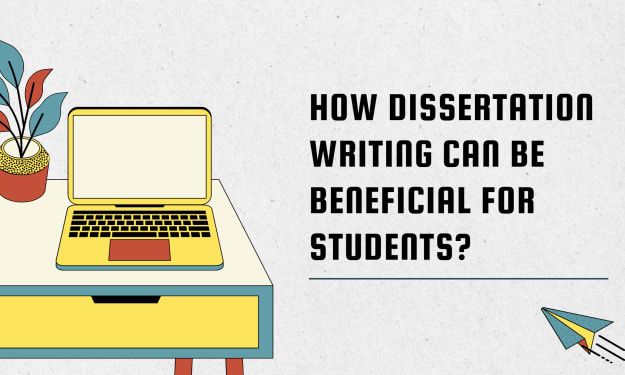For a More Creative Brain Follow These 5 Steps
CREATIVITY, PRODUCTIVITY

Nearly all great ideas follow a similar creative process and this article explains how this process works. Understanding this is important because creative thinking is one of the most useful skills you can possess. Nearly every problem you face in work and in life can benefit from innovative solutions, lateral thinking, and creative ideas.
Anyone can learn to be creative by using these five steps. That's not to say being creative is easy. Uncovering your creative genius requires courage and tons of practice. However, this five-step approach should help demystify the creative process and illuminate the path to more innovative thinking.
A Problem in Need of a Creative Solution
In the 1870s, newspapers and printers faced a very specific and very costly problem. Photography was a new and exciting medium at the time. Readers wanted to see more pictures, but nobody could figure out how to print images quickly and cheaply.
For example, if a newspaper wanted to print an image in the 1870s, they had to commission an engraver to etch a copy of the photograph onto a steel plate by hand. These plates were used to press the image onto the page, but they often broke after just a few uses. This process of photoengraving, you can imagine, was remarkably time consuming and expensive.
The man who invented a solution to this problem was named Frederic Eugene Ives. He went on to become a trailblazer in the field of photography and held over 70 patents by the end of his career. His story of creativity and innovation, which I will share now, is a useful case study for understanding the 5 key steps of the creative process.
The 5 Stages of the Creative Process
In 1940, an advertising executive named James Webb Young published a short guide titled, A Technique for Producing Ideas. In this guide, he made a simple, but profound statement about generating creative ideas.
According to Young, innovative ideas happen when you develop new combinations of old elements. In other words, creative thinking is not about generating something new from a blank slate, but rather about taking what is already present and combining those bits and pieces in a way that has not been done previously.
Most important, the ability to generate new combinations hinges upon your ability to see the relationships between concepts. If you can form a new link between two old ideas, you have done something creative.
Young believed this process of creative connection always occurred in five steps.
1. Gather new material. At first, you learn. During this stage you focus on 1) learning specific material directly related to your task and 2) learning general material by becoming fascinated with a wide range of concepts.
2. Thoroughly work over the materials in your mind. During this stage, you examine what you have learned by looking at the facts from different angles and experimenting with fitting various ideas together.
3. Step away from the problem. Next, you put the problem completely out of your mind and go do something else that excites you and energizes you.
4. Let your idea return to you. At some point, but only after you have stopped thinking about it, your idea will come back to you with a flash of insight and renewed energy.
5. Shape and develop your idea based on feedback. For any idea to succeed, you must release it out into the world, submit it to criticism, and adapt it as needed.
The Creative Process in Short
“An idea is a feat of association, and the height of it is a good metaphor.”
—Robert Frost
The creative process is the act of making new connections between old ideas. Thus, we can say creative thinking is the task of recognizing relationships between concepts.
One way to approach creative challenges is by following the five-step process of 1) gathering material, 2) intensely working over the material in your mind, 3) stepping away from the problem, 4) allowing the idea to come back to you naturally, and 5) testing your idea in the real world and adjusting it based on feedback.
Being creative isn't about being the first (or only) person to think of an idea. More often, creativity is about connecting ideas.
About the Creator
Onowhuke princess joboy
A professional procrastinator that likes to weave short stories ranging from thought-provoking fiction to imaginative fantasy. Delve into worlds that twist your soul and bring magical creations to life.
I also love cooking






Comments
There are no comments for this story
Be the first to respond and start the conversation.